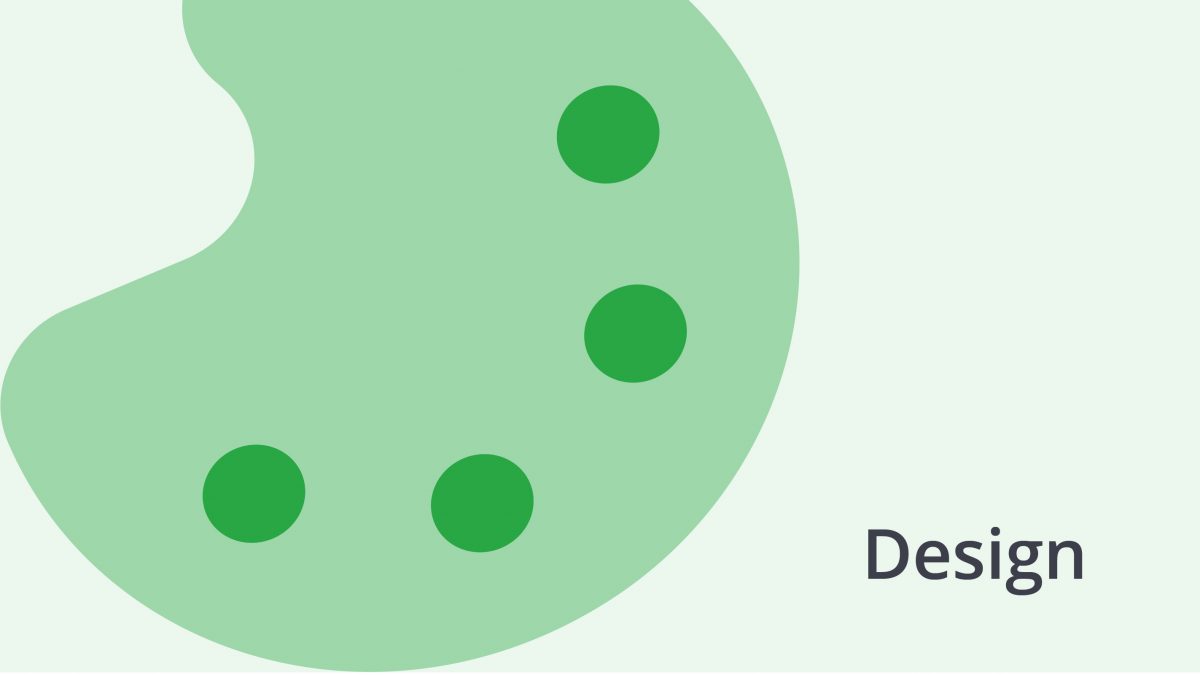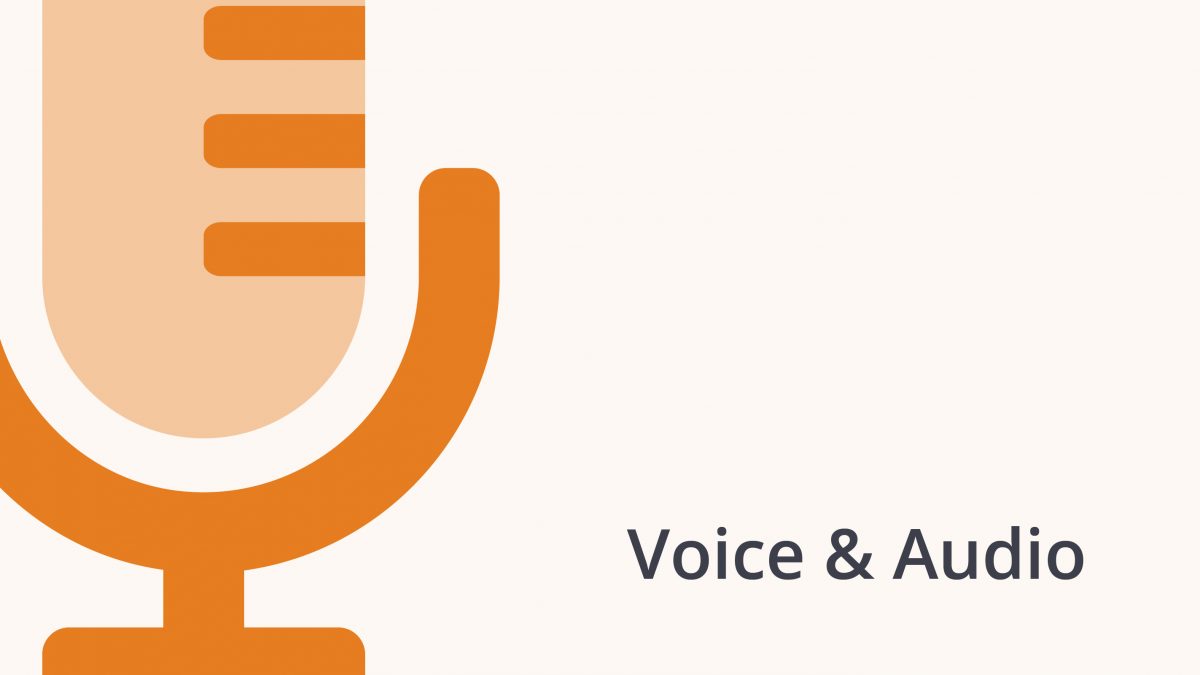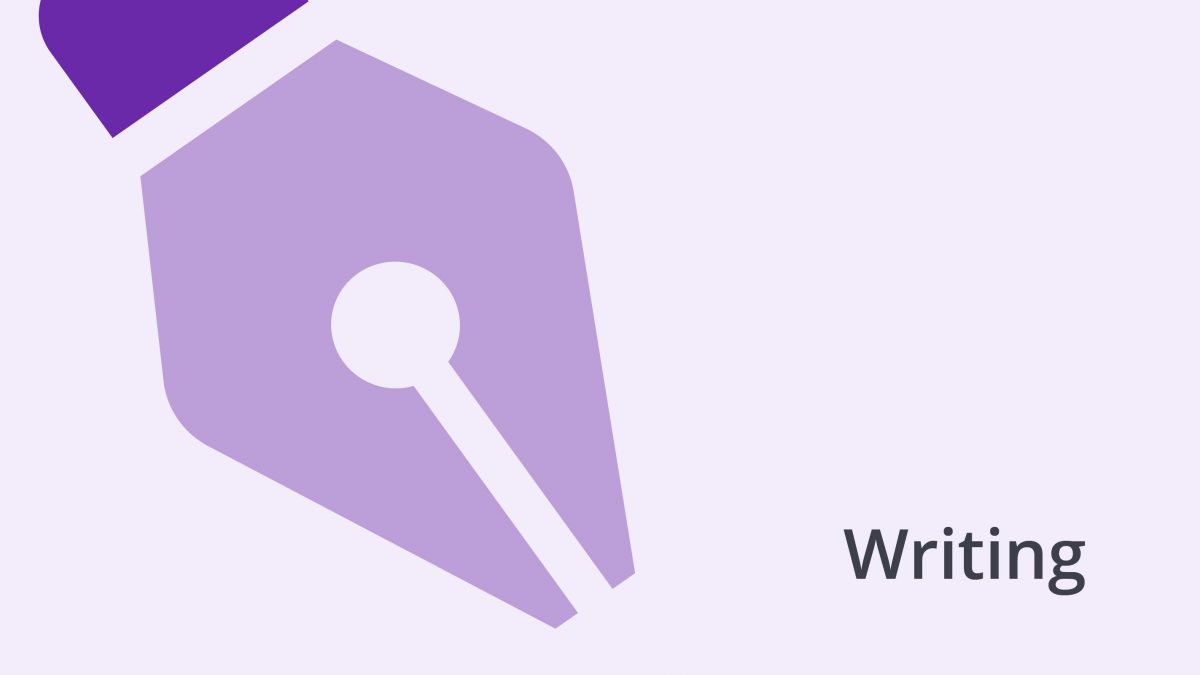According to Interagency Language Roundtable, (ILR) “translation is the process of transferring text from one language into another.” All and any professional translator would be quite happy if things were so simple. Let us take a look at all the things a translator has to do and have in mind during a translation process. It turns out to be “a complex skill requiring several abilities. “
But what does that mean for potential clients or employers when they hire a professional translator? Simply put, they have to be very careful when they hire a translator. Otherwise, they run a risk that their translated documents will convey imprecise, sometimes even wrong information.
In a nutshell, besides translating words and sentences from one language into another, what is it that professional translators have to take care of? In essence, they ensure “that content is understandable, relatable, and culturally relevant to the audience—often creatively adapting concepts, phrases, and tone.”
Of course, that is not all. Prior to translating any text, they have to prepare the necessary terminology and glossaries. They also need, if necessary, to consult experts in the field of the subject matter and previous related translations. Translators are often in a situation where they have to switch from one field of expertise to another.
After translating the text, they have to revise the text and make another set of consultations if necessary. And then revise again, before they send the text down the chain.
But if you prefer to watch a video instead, click here:
The competencies of a professional translator and how to test them
It is usually the case that a translator transfers a text from one language into his native one. This means that his competence in the original language has to be as close to perfect as possible. Still, that is not enough.
Throughout his work on any and all documents, a translator must be able to “choose the equivalent expression in the target language that both fully conveys and best matches the meaning intended in the source language” (ILR). This process is congruity judgment.
Any translation agency or a potential employer or a client with such capabilities need to conduct two separate tests when they are assessing the skills of a potential translator. One is a language proficiency test and the other is the translation skills test.
The language skills test serves a dual purpose.
On the other hand, assessing translation skills needs to measure the ability of a potential translator “to exercise congruity judgment” and apply adequate translation methodology.
Of course, there are also a number of other factors that will eventually determine a translator’s performance.
More than just a wordsmith
Author Roger Chriss says in his book Translation As A Profession: “Translators are language professionals.
What does it all involve? Detailing Chriss’ above definition, we said on a previous article that “like linguists, translators have to be capable of discerning subtleties and nuances in their languages, researching terminology and colloquialisms, and handling new developments in their languages.
“And like educated amateurs, translators have to know the basics and some of the details about the subjects they deal with…The fundamental rule when you’re not sure of a term or phrase is ask.”
Adding to this, as ILR explains, “an otherwise skilled translator who lacks subject matter knowledge or who is unfamiliar with certain socio-cultural aspects may provide an unreliable translation of some points if he or she has no access to relevant resources.”
This all leads to the conclusion that a professional translator has to be one of the more skilled multitaskers around. Otherwise, he wouldn’t be able to do his job properly.
Lingualinx has compiled a detailed list of things a translator must do while working on any single text:
- Seize the intended meaning of the source language;
- Gauge the word choice for the target language;
- Match the formatting of the source language;
- Know or research the best terminology for the subject matter;
- Assess [cultural differences] in case it impacts phrasing or grammar;
- Convert proper names into a new alphabet if applicable;
- Ensure the overall clarity and accuracy of the finished translation.
What a professional translator can work on – anything and everything
Sometimes, and that is particularly the case with freelance translators, they can turn themselves into a bona fide encyclopedia of almost anything or everything they have to deal with. This is particularly true when connected with their target language.
That is why in many cases specific organizations, businesses or individuals turn to professional translators that have the expertise and/or experience in the field they require.
- Literary translation of books and articles;
- Marketing materials;
- Technical translations of API documentation, online help, instruction and training materials for industries like engineering, science or manufacturing;
- Medical translations of clinical trial results, research documents and publications, customer-facing content like insurance claims, packaging, and labels;
- Legal and financial translations;
Video or multimedia translation, which can be localized to fit the culture and customers of your intended audience, and can include translation of visuals, dubbing, or subtitles; - Website translations, including all website copy, navigation, website collateral (downloads, videos, images, etc.) plus SEO optimization;
- Software localization, which involves translating the user interface, error messages, and system messages.
But translating a document or the documents is in most cases a translator does, whether he works for an organization, translation agency or is a freelancer.
- He has to create a translation glossary. This includes assembling a list of common terms and phrases used in content that are specific to a brand or industry.
- He has to create and maintain a translation memory (TM) database. Similar to a glossary, a TM database stores previously translated content. The larger this memory is, it becomes easier to do future translations.

Ethics of professional translators
Discussing ethics elements a professional translator should have [infotaste.com]mentions two distinct elements.
As far as his professional ethics is concerned a translator “ must transmit 80% of the original text information…This implies that the translator has no right to change the meaning, or the composition of the source text, cut it, or vice versa to expand it in translation if there are no objectives from the customer to insert add, remove anything or adapt. The translator must strive to make the maximum to convey the meaning, structure, and composition of the original.”
In many cases organizations, businesses and individuals want professional translators to adhere to measures of confidentiality. This is particularly the case when a translator has to handle material that concerns technical projects that are in development, legal materials or those originating from a governmental institution.
It is not all in knowing the languages. A translator also has a personal obligation to be very familiar with the culture and traditions of a particular country. Since culture is a process that continuously develops, he has to keep in touch and follow it.
She/he also has to continue to develop and increase her/his vocabulary both in the source and target language. This also includes following the latest developments in the CAT software, particularly terminology bases.
Wearing a coat of many colors
They have to keep constantly in touch with the new technical developments in their profession. Professional chefs and translators also have to know the culture of the cuisine/language they are working with. Also, the culture/specifics of their customers. And throughout the whole process, they have time constraints and have to multitask.
More specifically when professional translators are concerned, as ILR puts it, their performance depends on
- command of two languages,
- ability to exercise congruity judgment and apply a translation methodology,
- familiarity with the cultural context of both languages,
- knowledge of terminology in specialized fields, and
- ability to finalize the product within time constraints and according to specifications.
All the more reason for a potential employer/client to know more about what it involves to be a professional translator.
Need the perfect translator for your project? Submit a project with Bunny Studio today and let us take care of it!











